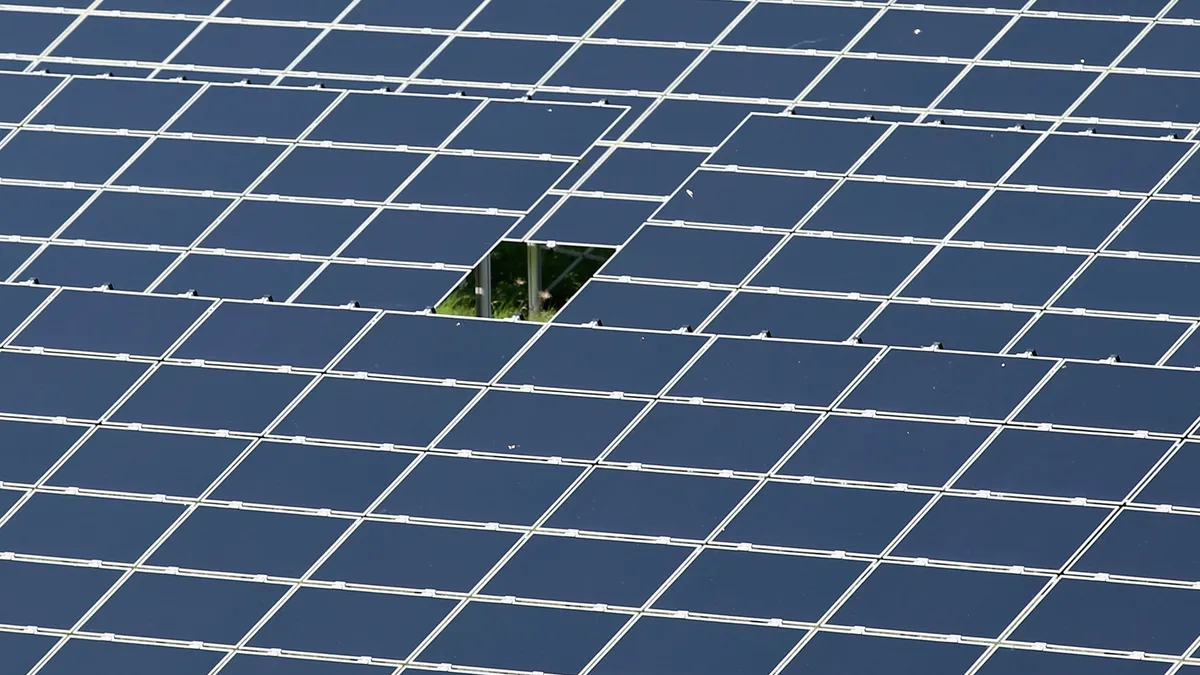New research from the Department of Energy’s National Renewable Energy Laboratory indicates that bifacial perovskite solar cells, which capture sunlight on both sides, have for the first time shown potential to outperform monofacial cells.
Past research on bifacial perovskite solar cells “has yielded devices considered inadequate in comparison to monofacial cells,” which have a record of 26% power conversion efficiency, NREL said in a Monday release.
The power conversion efficiency of a cell refers to what percentage of energy in the form of sunlight can be converted into electricity by the cell.
In new testing, researchers from NREL and the University of Toledo created a bifacial cell where the front reached efficiency levels above 23% and the back yielded around 91% to 93% of that efficiency.
“Although bifacial modules have higher direct manufacturing costs, they are expected to generate 10%–20% more power than their monofacial counterparts,” the researchers wrote in a paper published Wednesday in the journal Joule.
There has been a “revolution” for perovskite photovoltaics over the last 10 years, the researchers said. Solar cells are still commonly made from silicon, but recent research into the cheaper material of perovskite has led to breakthroughs on efficiency.
Silicon cells remain slightly more efficient overall, with a record efficiency of 26.7% compared to monofacial perovskite cells’ record efficiency of 26%. Bifacial perovskite cells could allow the material to surge past silicon in terms of efficiency.
While a bifacial perovskite solar module would cost more to manufacture, they could produce 10% to 20% more electricity, making them a better long-term financial investment, NREL said.
However, the researchers note in their paper that outside of laboratory conditions, the “performance of bifacial single-junction perovskite solar cells is still far behind that of their state-of-the-art monofacial counterparts.”
“It is challenging to achieve high bifaciality and high front-side illumination efficiency simultaneously,” they said. “Our work demonstrates the value and potential of bifacial [perovskite solar cells] as an attractive direction for future scientific study and commercialization.”














